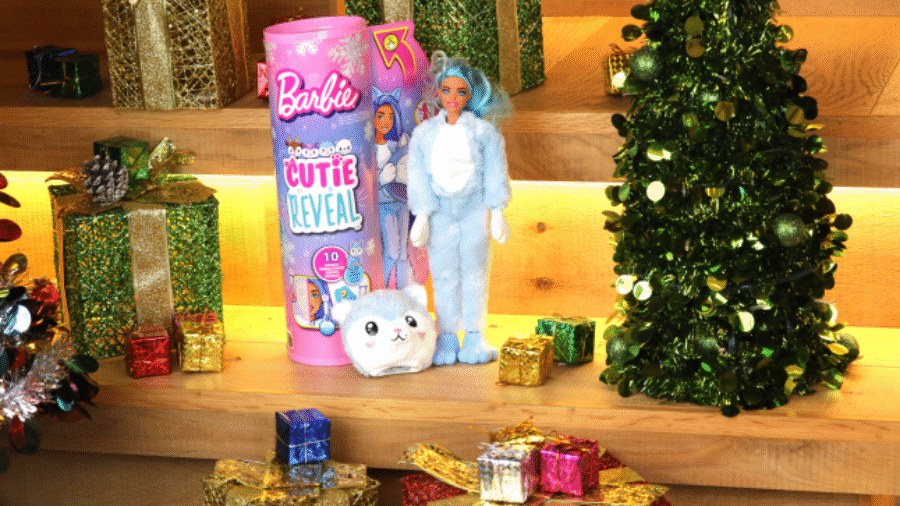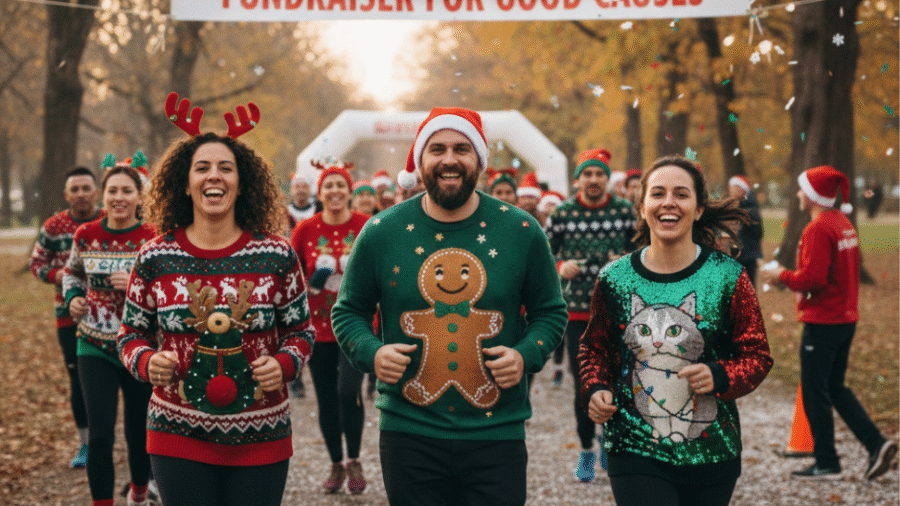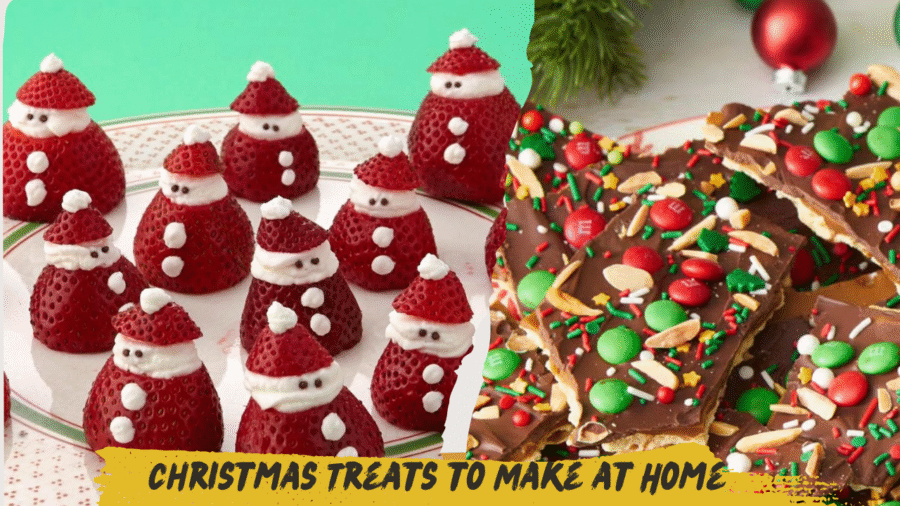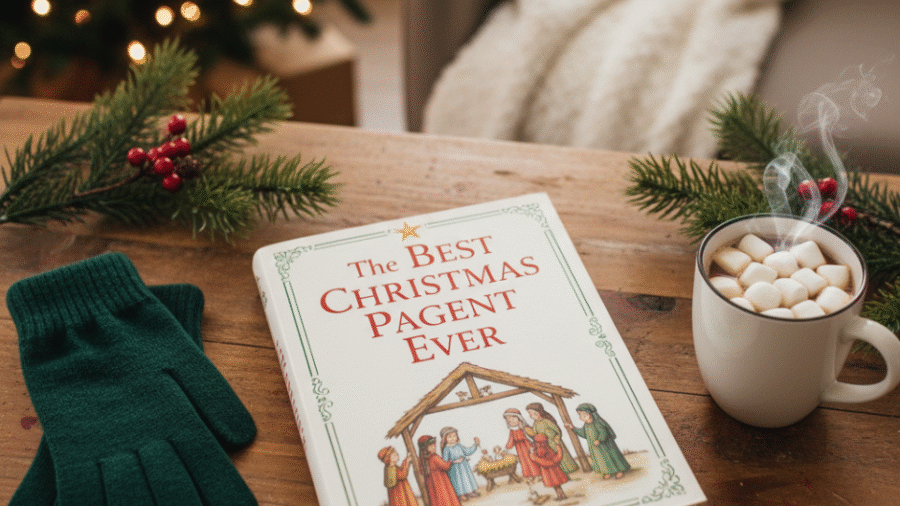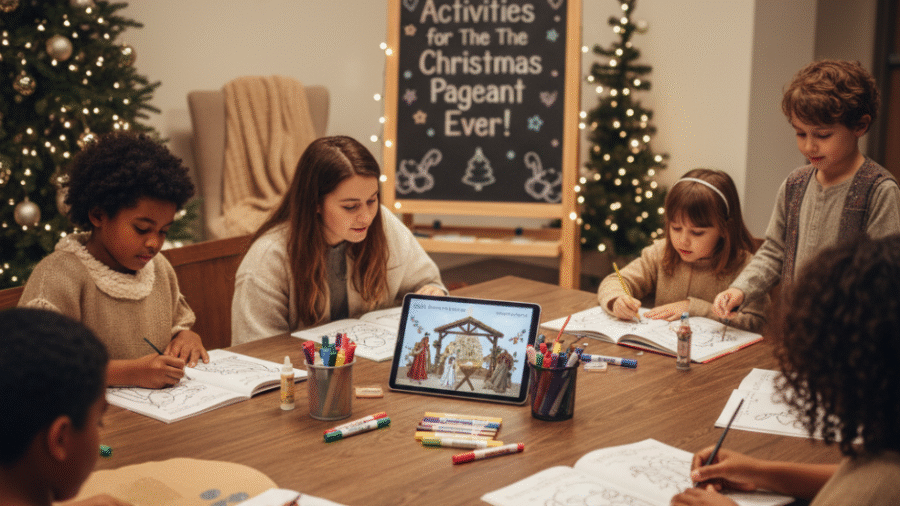The holiday season is not just about celebration—it’s a special time when hearts connect over tradition, nostalgia, and thoughtful gifting. For doll collectors, the right Christmas gift can mean the world, sparking joy, deepening their passion, and enriching their treasured collections. Whether you are shopping for a seasoned antique doll enthusiast or a newcomer who recently discovered the magic of doll collecting, selecting unique, meaningful gifts requires care and insight. This guide covers exceptional Christmas gift ideas doll collectors will absolutely adore, alongside tips for picking the perfect presents that reflect their unique interests.
Why Are Dolls So Special to Collectors?
Dolls, especially vintage and antique ones, are much more than collectibles. They carry stories of craftsmanship, cultural history, and personal memory. Many collectors view their dolls as precious links to the past, familial heirlooms, and artistic masterpieces. Some focus on particular eras, materials, or doll makers, while others are drawn to themed collections like Christmas dolls or character figures.
Christmas gifts that thoughtfully honor these passions become unforgettable treasures, strengthening bonds and continuing holiday storytelling through generations.
Best Christmas Gift Ideas for Doll Collectors
1. Rare or Vintage Christmas Doll Ornaments
For collectors who already have impressive collections, rare and vintage Christmas doll ornaments add unique value and beauty. Look for dolls made from porcelain or bisque with intricate costumes, or hand-crafted folk dolls from traditional makers. Antique shops, online vintage marketplaces, or collectible auctions are ideal places to find these gems.
2. Custom-Made or Personalized Dolls
Artisans worldwide create custom dolls tailored to collectors’ preferences. Whether it’s a doll in a cherished costume, a representation of a family member, or a fantasy character personalized with names or dates, these gifts carry heartfelt significance.
Etsy and specialty doll studios often offer commissions and personalizations that delight collectors with one-of-a-kind artistry.
3. Doll Display Cases and Storage Solutions
Collectors value protecting and displaying their dolls appropriately. Elegant display cases, specially designed shelving, and archival storage boxes make excellent gifts. Choose options that provide UV protection, dust-free environments, and aesthetic appeal, combining practical preservation with decorative style.
4. Doll Care and Restoration Kits
Quality maintenance products tailored for dolls appeal to collectors dedicated to preservation. Kits might include gentle brushes, cleaning agents safe for porcelain or composition dolls, wig care tools, and instructional guides on minor repairs.
Selecting trusted brands or professional-grade care items demonstrates thoughtfulness and respect for the hobby.
5. Books and Reference Guides on Doll Collecting
In-depth books and guides provide invaluable information and inspiration. Titles covering doll identification, maker histories, restoration techniques, and period fashion enable collectors to deepen their expertise. Consider beautifully illustrated coffee table books for display as well as practical manuals for study.
Sources like the National Antique Doll Dealers Association or dedicated doll magazines often recommend the best literature.
6. Tickets or Memberships for Doll Shows and Museums
Experiential gifts create lasting memories. Tickets to doll shows, fairs, or museum exhibitions centered on dolls encourage collectors to immerse in community and discovery. Memberships in doll clubs offer networking, newsletters, discounts on collectibles, and exclusive access to events.
7. Limited Edition Doll Releases
Many renowned doll makers release limited edition seasonal dolls, including Christmas-themed releases. These exclusive dolls often feature signature packaging, certificates of authenticity, and special embellishments. Collectors prize limited editions for potential investment and unique additions to their collections.
8. Doll Crafting Workshops or Classes
For hands-on enthusiasts, workshops in doll making, repair, or costume design open new creative avenues. Local craft studios, online platforms, or doll clubs often offer such courses. Gifting access to these classes supports skill development and hobby expansion.
Tips for Choosing the Perfect Doll Gift
-
Research the Collector’s Interests: Know their collecting focus—vintage, porcelain, character dolls, or a specific era.
-
Quality Over Quantity: Select a meaningful gift with craftsmanship, rarity, or sentimental value rather than mass-produced items.
-
Ask Trusted Dealers or Club Members: Experts can provide insider advice on reputable sellers and sought-after items.
-
Presentation Matters: Elegant packaging or a thoughtful card explaining your choice enhances the gift experience.
-
Consider Budget and Authenticity: Be wary of fakes or poor quality offerings. Authenticity certificates or provenance details assure collector satisfaction.
Read More: Restoring and Preserving Vintage Christmas Dolls for Future Generations
Conclusion
Gifting for doll collectors requires insight into the passion that drives this captivating hobby. From rare vintage Christmas dolls to personalized art pieces, from care products to experiential opportunities, the best gifts honor the personal connections collectors maintain with their dolls. Thoughtful presents brighten holiday celebrations, create new memories, and celebrate the timeless joy of doll collecting.

